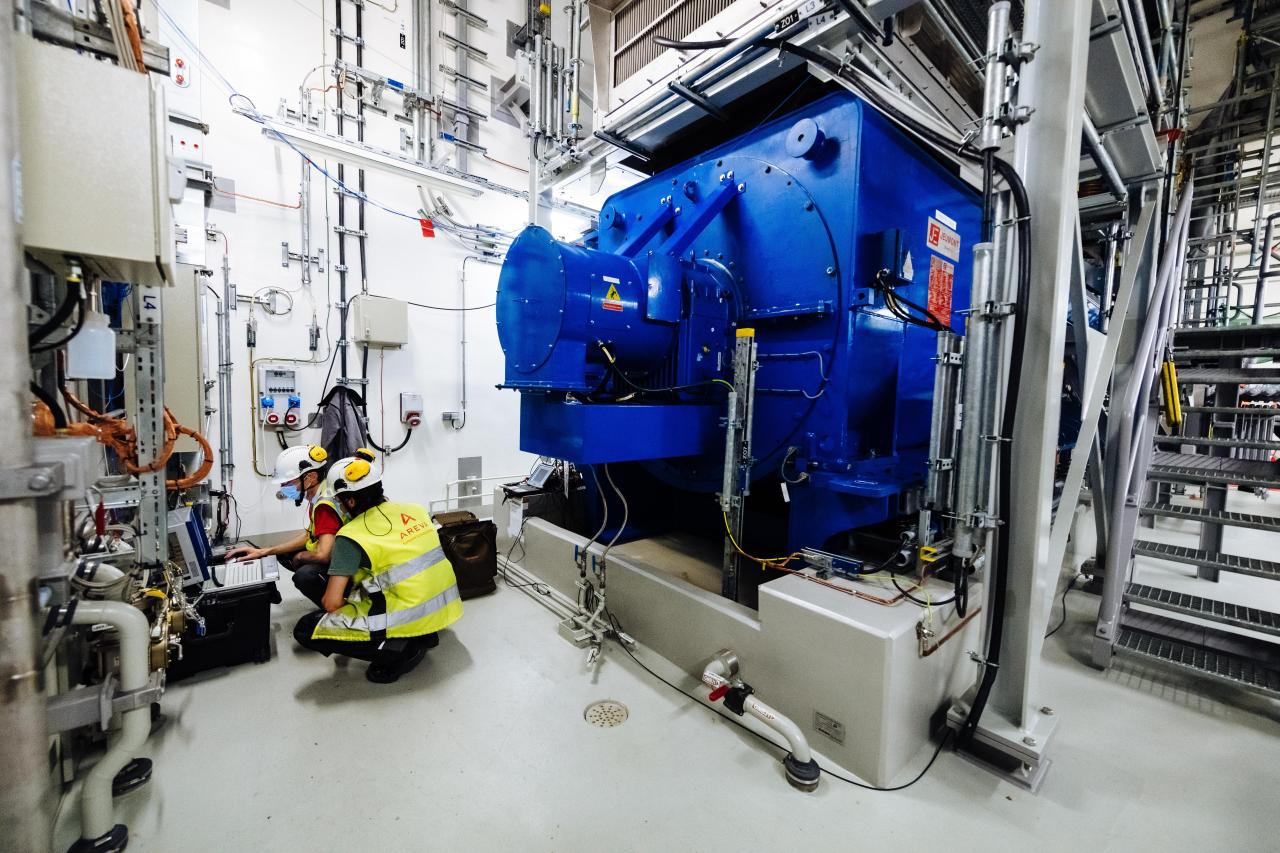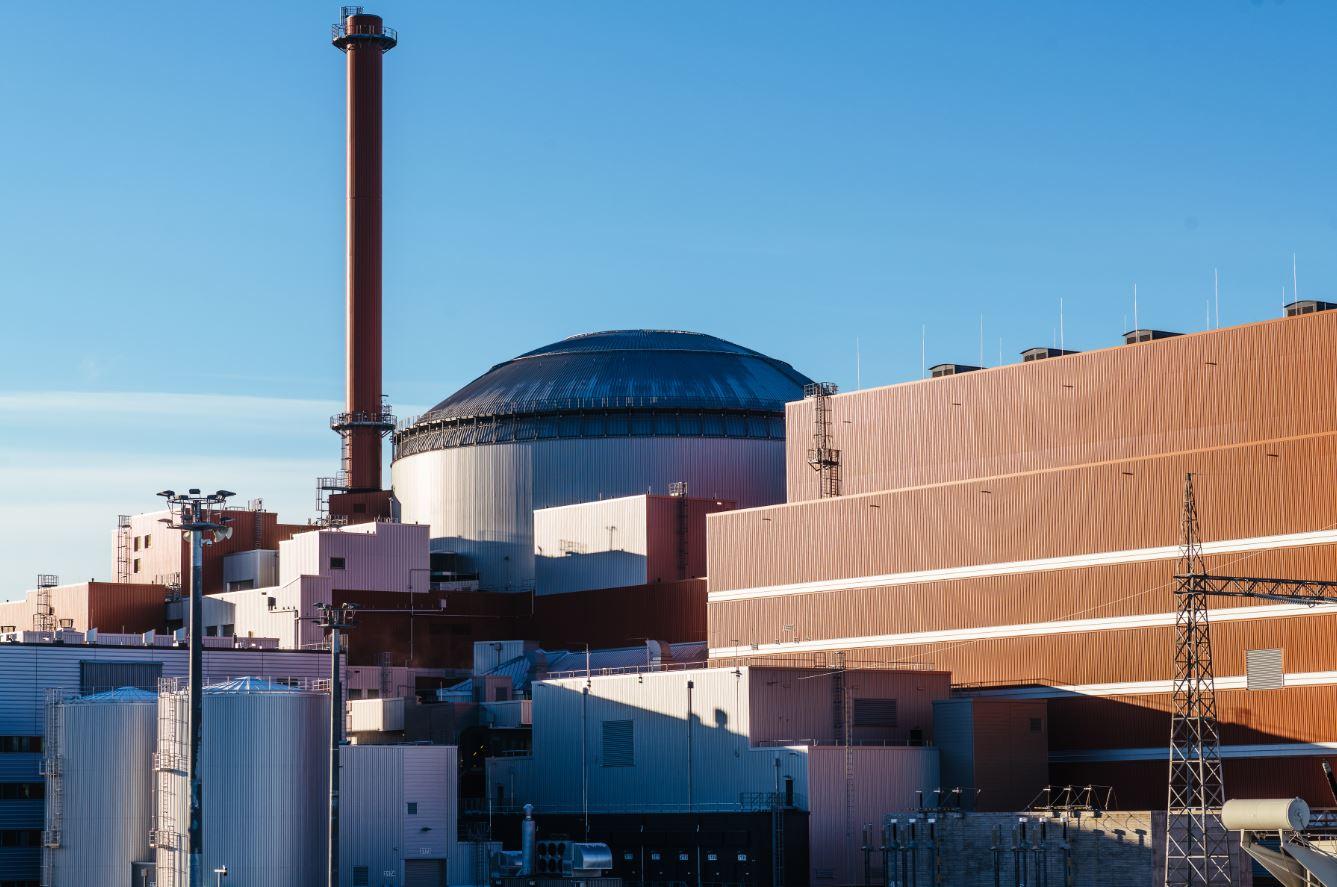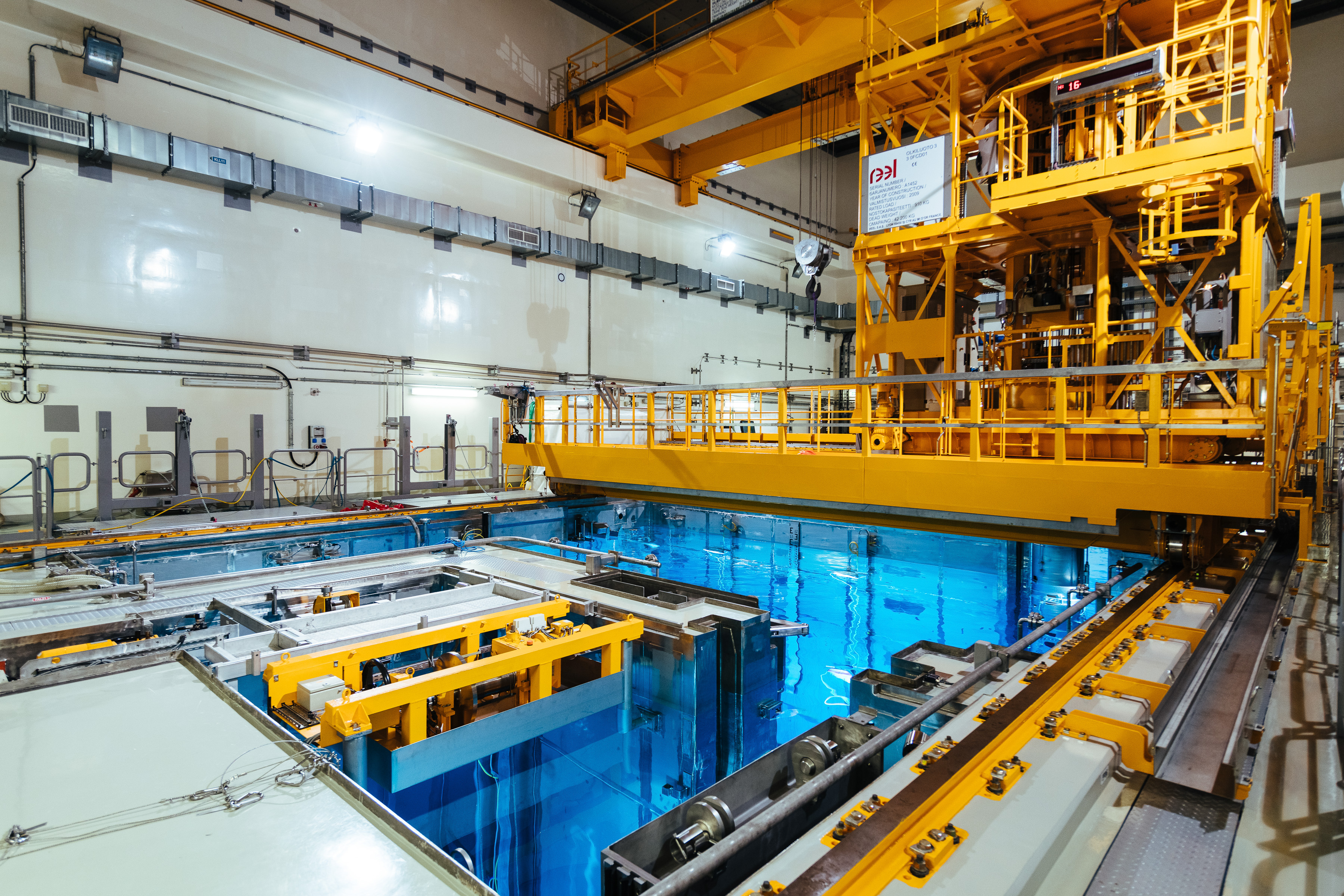Safety features
Nuclear power plants observe defense-in-depth safety principles and deploy multiple release barriers. A multitude of diverse and redundant safety systems reduce the probability of accidents.

The safety features of OL3 are based on existing solutions and technologies which have been developed further. The focus of the development has been on safety systems and the management of abnormal situations.
For abnormal conditions, OL3 has four separate safety sub-systems, each capable of performing its safety functions independently. The four sub-systems are physically separated from each other into different facilities and buildings, which ensures that a sufficient number of systems are operational at any time. The safety systems in place at OL3 for abnormal conditions consist of four parallel trains. Each one of them is capable of independently implementing the required safety function. They are installed in physically separated facilities and buildings to ensure that an adequate number of the trains will remain operable in all conditions. The possibility of a simultaneous failure of the components of the safety systems, caused by e.g. a design fault, has been prepared for through systematic application of the diversity principle. Should any one safety system completely lose its functional capacity as a result of a common cause failure, the management of all operating transients and the most common accident types would still be possible by means of the redundant system implemented according to the diversity principle.
Parameter management
The number of parameters to be managed is higher at the OL3 plant unit than in the less complex plant units OL1 and OL2, as OL3 is a pressurised water reactor. The main parameters of the reactor coolant system include reactor power, pressure and temperature of the reactor coolant system, boron concentration in the reactor coolant system and water level in the pressuriser. The corresponding main parameters in the secondary circuit include the secondary pressure and the level in each steam generator. For every one of these parameters, limit values have been specified. If the limit values are exceeded, protection functions will be immediately initiated and the plant automatically brought into a controlled state.
The actual reactor containment with its double walls also demonstrates the development of safety features. The inner wall is gas-tight and pressure-proof, which ensures that the building will retain its integrity even in the most severe conditions. The outer wall protects against external hazards – it can withstand the impact of a large passenger jet crash, for example.

Demanding safety features are required for managing severe reactor accidents leading to reactor core meltdown.
In the extremely unlikely case of a reactor core meltdown, the core melt flowing from the reactor pressure vessel will be conveyed to the core catcher at the base of the reactor building (white area pictured), where cooling will be provided until the core melt solidifies. This ensures stable core melt control.
In Finland, the general principles of nuclear safety are determined by the Government. Detailed instructions are prepared by the Finnish Radiation and Nuclear Safety Authority (STUK), which also controls compliance with them.
The most important and latest international safety recommendations and requirements include the EUR (European Utility Requirements) defined by European power companies, and the safety and quality recommendations of the International Atomic Energy Agency (IAEA). These requirements have also been observed in the design of OL3.
